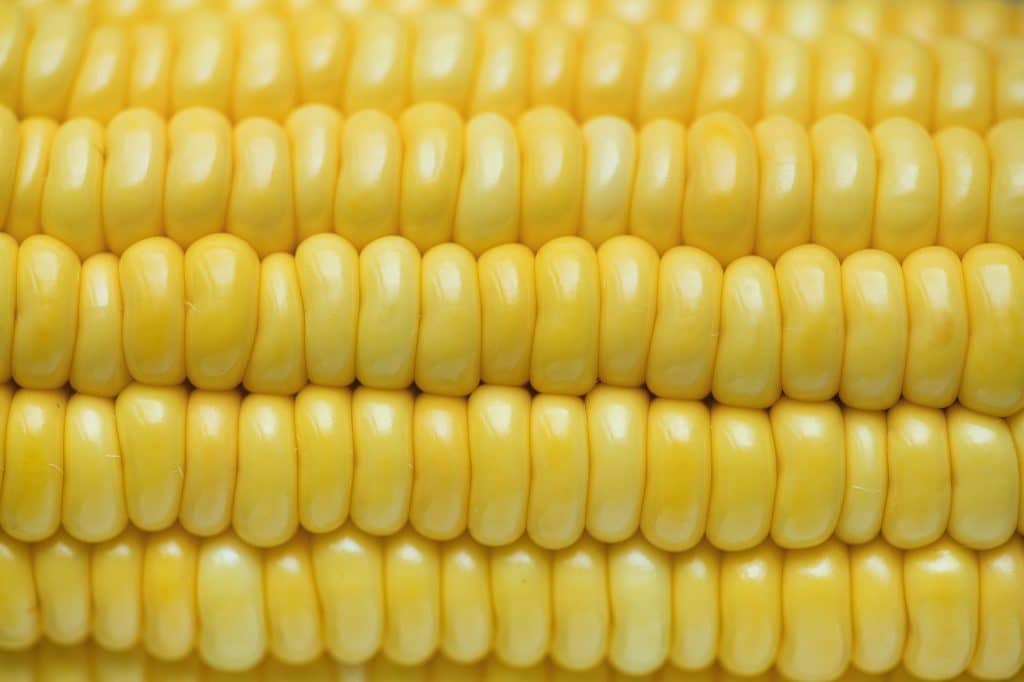Porto Alegre, January 31, 2022 – The corn market is surprising at the beginning of 2022 in the international environment. In fact, there is a decline in Argentina’s production, to the range of 48 to 51 million tons, compared to 54/57 million expected earlier. This, for the time being, cannot be considered as a preponderant factor on the CBOT for such support. However, there are additional factors that prevail in this environment, from the situation involving Ukraine, the rise in oil, and the planting of the 2022 US crop. Even without new purchases from China, prices remain firm in the international environment.
Stocks of almost 40 million tons in the United States and a good winter wheat crop in the Northern Hemisphere seem to be important factors for stability and/or even lower prices for these two commodities ahead. However, the beginning of 2022 has brought some important fundamental variables to price formation:
– China was expected to be a major price support factor in the US market at the beginning of the year. So far, prices in China have remained stable, there have been some purchases of Ukrainian origin, and China has been absent from the US market since June 2021. Without China, the USDA is revising its US export forecasts downwards, making the indicator bearish for the semester;
– This setback in the flow of sales to China is being offset by greater demand for ethanol in the US market and, now, with the resumption of DDG sales to China. With oil above USD 85/barrel, there is a natural space for greater demand for ethanol, consequently greater demand for corn;
– Production losses in South America are important. The Brazilian summer crop losses may require some imports in the first half of the year, which adds variables to prices in Argentina and the United States. The Argentine crop may be dropping from the range of 54/57 million tons to 48/51 million tons. The rains for the last ten days have been very good and may have helped corn crops to avoid greater losses, but they will hardly reverse the already existing damage. Argentina export registrations remain closed and will depend on the confirmation of the production size to reopen. Would it be possible for the government to determine a maximum export volume for 2022? This is important because it could lead to more demand for US corn in the first half of the year and sustain prices on the CBOT, which is one of the points that already support corn in Chicago. US weekly sales have begun to consolidate an average number above 1 million tons;
– Wheat is heading towards a price slowdown curve due to the good outlook for winter crops in the Northern Hemisphere. Then came the advent of Ukraine with threats of invasion by Russia and reaction by the United States. The Black Sea trade has been halted by the risk of a local war. The United States is now threatening to impose trade and financial sanctions on Russia. However, times have changed, and this type of sanction can be very harmful to the world market for fertilizers and commodities. Russia is the biggest wheat exporter and Ukraine is a big exporter. It is also a major European supplier of natural gas, as well as a world exporter of fertilizers. That is why wheat and corn skyrocketed with this conflict and are now awaiting the course of events;
– Finally, production losses in the soybean crop in South America are significant. The losses in southern Brazil and Argentina leave a tighter world picture and impose the need for a good US crop in 2022 to meet global demand from September onwards. Therefore, international soybean prices on the CBOT broke the highs for the March contract at USD 14.50/bushel. These prices are starting to become quite competitive with corn in the United States, despite high corn prices. This year, the big difference is in the cost of planting, lower for soybeans and wheat and higher for corn due to the very high price of urea. The US market is beginning to consider the possibility of losing 3 million acres of corn that could be switched for soybeans and spring wheat. Should it happen, the corn crop could fall from potential 382/383 to 363/365 million tons, given the possibility of record productivity in 2022. Therefore, corn is becoming a bullish on the CBOT for 2022/23 and competing with speculative soybeans for acres to be planted.
Within these points, we note that there seems to be little chance of slack in international prices in the first half of 2022. Argentina will have its harvest starting in April. It will establish its selling profile in the international market. If Brazil needs to import after May, it may have access to some volumes. Prices until May point to levels of BRL 104/105 at Brazilian ports plus ICMS/PIS/Cofins and internal freight. At the moment, Argentine corn is unfeasible even if export registrations were open. FOB prices in Argentina would have to quickly drop to USD 255/ton to enable a price at the port in Brazil below BRL 100. Perhaps this only happens after June.
As international prices are high, there may be additional demand for Argentine corn in the semester also because there is no other alternative. The United States may still see strong export demand in the coming few weeks. Of course, despite all these considerations, there is no shortage of corn in the world market, and there are US stocks until the next crop in September. The focal point will be the weather in the US Midwest in July and August.
Agência SAFRAS Latam
Copyright 2022 – Grupo CMA

